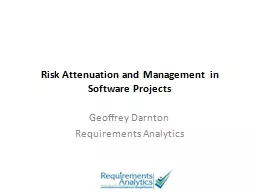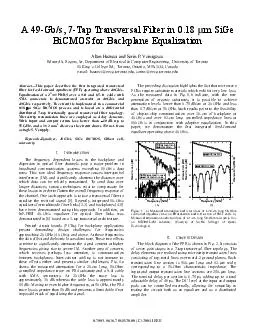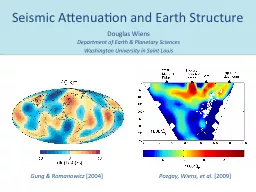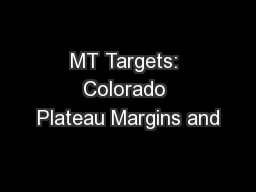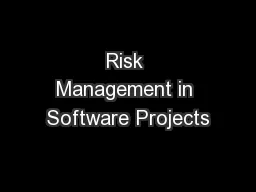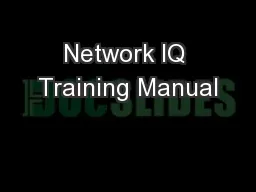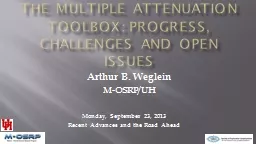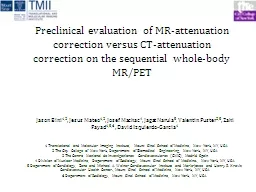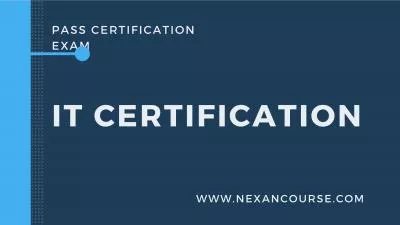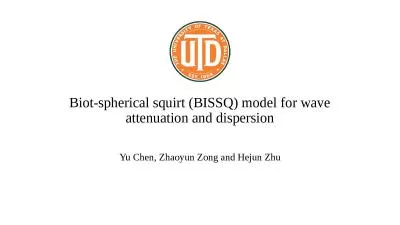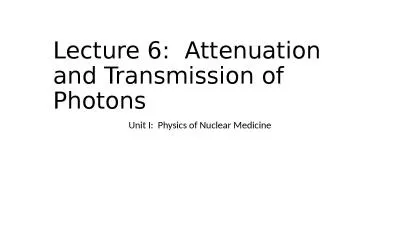PPT-Risk Attenuation and Management in Software Projects
Author : pasty-toler | Published Date : 2017-04-24
Geoffrey Darnton Requirements Analytics WBS and Milestones Break the whole project down into smaller chunks and sequences Those chunks constitute the Work Breakdown
Presentation Embed Code
Download Presentation
Download Presentation The PPT/PDF document "Risk Attenuation and Management in Softw..." is the property of its rightful owner. Permission is granted to download and print the materials on this website for personal, non-commercial use only, and to display it on your personal computer provided you do not modify the materials and that you retain all copyright notices contained in the materials. By downloading content from our website, you accept the terms of this agreement.
Risk Attenuation and Management in Software Projects: Transcript
Download Rules Of Document
"Risk Attenuation and Management in Software Projects"The content belongs to its owner. You may download and print it for personal use, without modification, and keep all copyright notices. By downloading, you agree to these terms.
Related Documents

